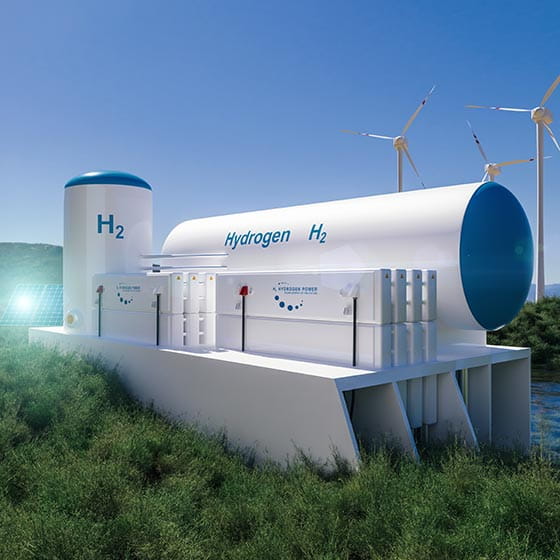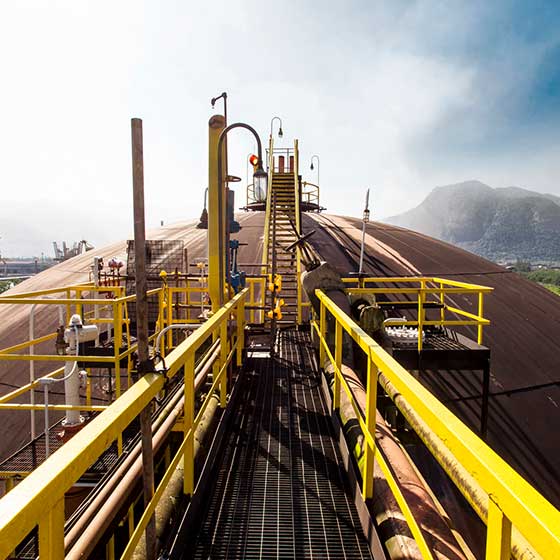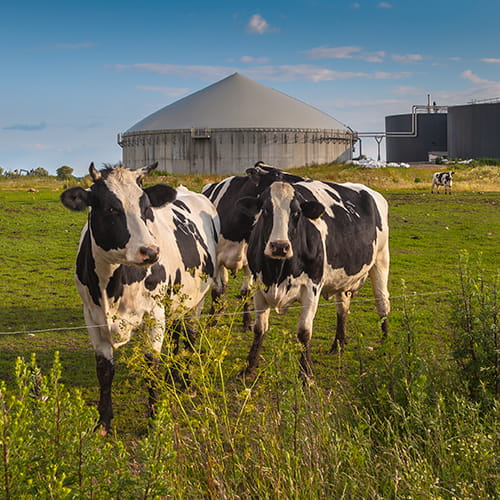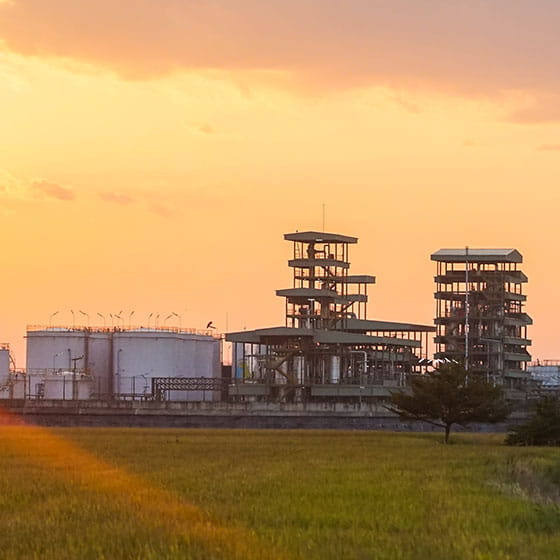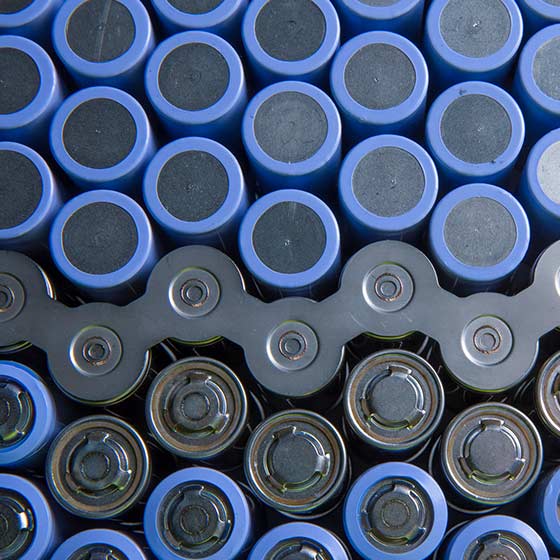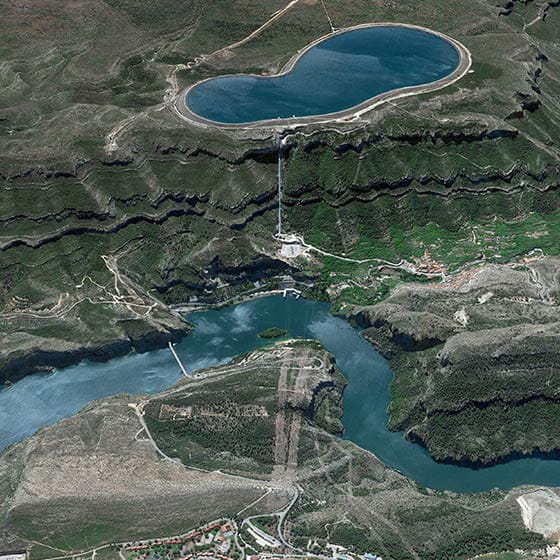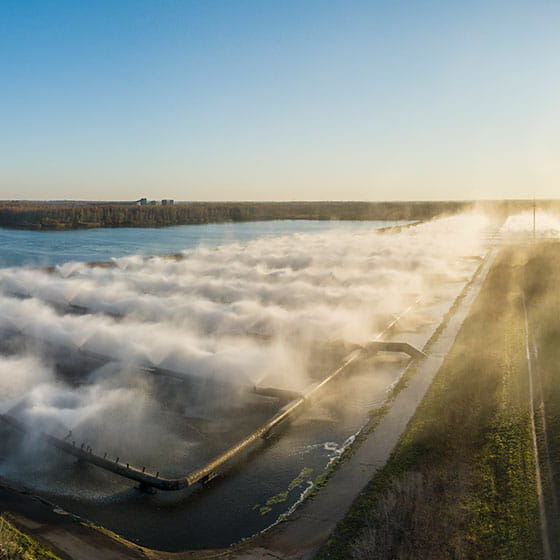Water is an essential enabler for energy production
Did you know that while our planet is made up of roughly 70 percent water, only 3 percent of that is fresh water? Currently about 10 percent of that fresh water is used in energy production. But it could increase by nearly 60 percent by 2040. And if not properly managed, the fuels and technologies used to achieve the energy transition will not only increase water stress but be limited by water availability.
Over the last century, electric power generation and process facilities have relied on significant amounts of water for cooling, steam generation, washing, conveyance, gas scrubbing, and other applications. Water, wastewater management and compliance for these facilities has been a key challenge.
Our demand for water will change as we adopt new low-carbon technologies, but it will still be a key challenge with future energy systems.
New energy systems present new water challenges
The energy transition toward net-zero emissions changes how we use water, but it doesn’t necessarily reduce our dependence on it. Low-carbon technologies like hydrogen, renewable fuels, batteries, pumped storage hydropower, nuclear, and carbon capture all have unique water needs. And in some cases, require a lot of water.
We need to be responsible about how we source, reuse, treat, and return water to the environment. If managed right, we can balance the push for low-carbon energy while ensuring there’s still enough water for communities and agriculture. This is a critical mission.
There are many ways water is used. Sometimes it is decomposed by electrolysis, raised and lowered in pumped storage hydro, or produced as a condensate in renewable diesel production. However, each technology has its own unique opportunities and challenges that must be addressed to ensure water stewardship.



